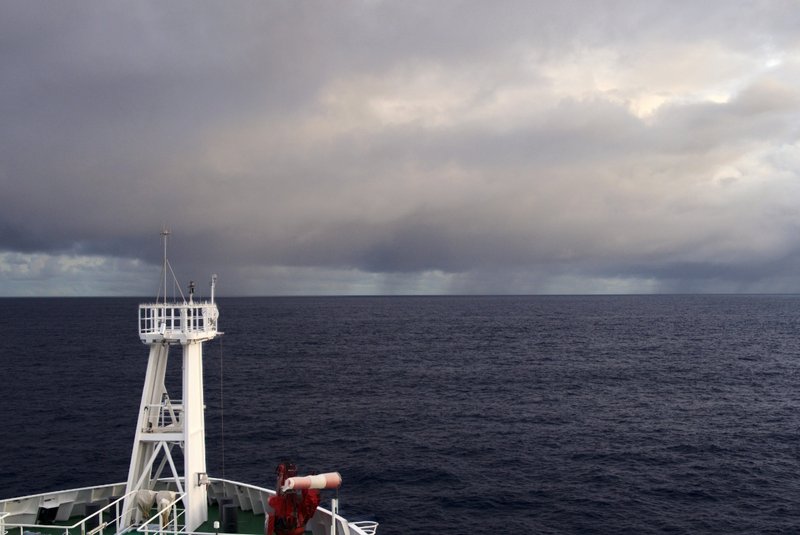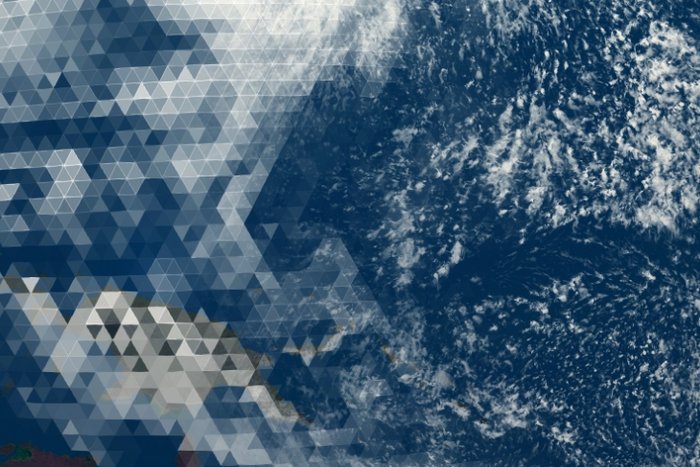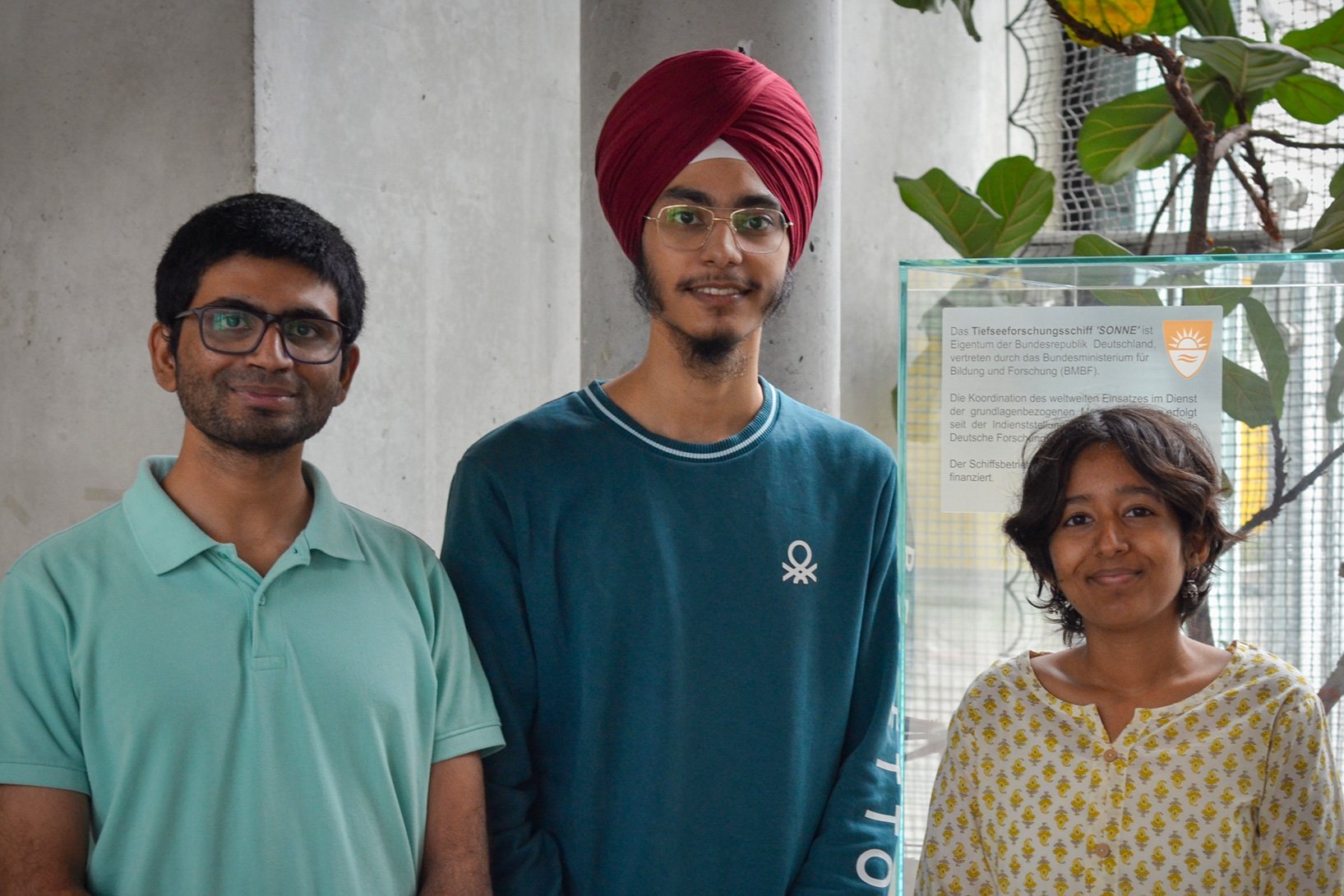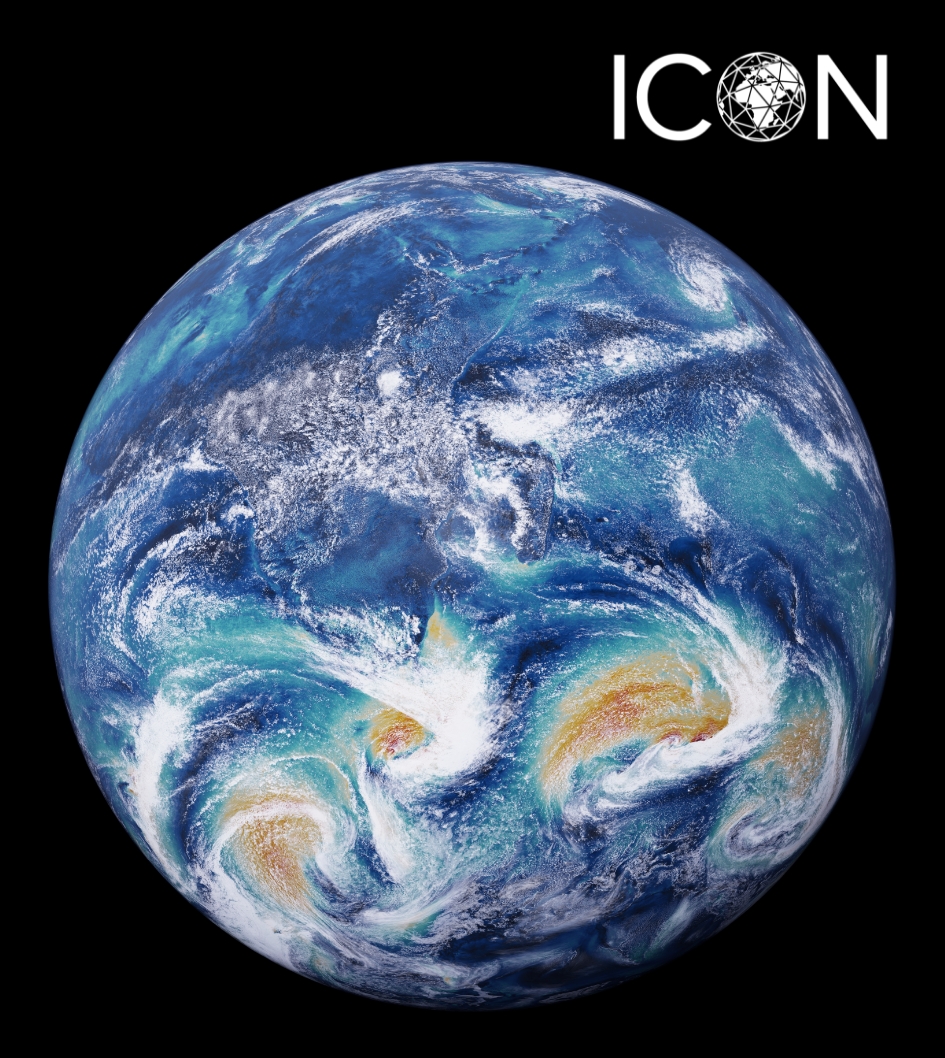Our Aim: To Understand Earth’s Changing Climate
We are interested in the processes that establish Earth’s climate and that cause it to change.
Our interests gain impetus from the fact that human activity is amplifying the atmosphere’s greenhouse effect. That this will cause the surface to warm is well documented and not disputed. Much less clear, and hence more interesting, is exactly how much warming will arise from a given increase in greenhouse gases. How rapidly will this warming establish itself? Where will the gases go and how long will it take them to get there? And what are the consequences of the warming for the global circulation of the atmosphere and ocean, and the weather patterns that accompany it? Looking further afield, we are interested in when and where these changes will impact the ability of eco- and human-systems to inhabit the planet, and how this may in turn influence human activity. Answering these types of questions demands a deep understanding of how the climate system works.
The creative application of new technology, computers and sensors, continues to pace the development of understanding. Advances in computational capacity increase the fidelity of the models we use to develop to test our ideas. Advances in observational capacity help us test our ideas, and our models. In both respects, it is an exciting period in the development of our science. An emerging ability to compute and observe the Earth system at commensurate scales, globally, is giving the models we build and data we collect a life of its own, as they become fused into Earth information systems, creating an ability to see our Earth and its possible futures in new ways.
Overview on Research Structures
Research within the institute is organized in departments, each with a director, and each with its own particular, and self-defined, interests and culture. We exploit the overlap in our interests to advance our research in ways that would not be possible if we worked alone. An important way in which we do this is by working together in developing our models, to be at the forefront of developments worldwide. Even with very large (almost unimaginably so) computers, calculating Earth’s climate is not straightforward. Part of the problem is computational, the computers still aren’t large enough; and part is conceptual, the governing dynamics of many sub-systems are still not sufficiently understood. This requires shortcuts, either in how we formulate the equations, or how we compute their solutions. We take two approaches; one — which we call Sapphire — extrapolates to the climate from the near-term behavior of the global weather, computed over a nearly complete range of scales. Another — which we call Ruby — forgoes an accurate description of the weather, in the hope that it doesn’t sensitively influence the climate.
Scientific Departments
Climate Physics
Our interest in the physics of the climate system focuses on questions related to how water in the atmosphere, on the land surface, and as exchanged with the ocean, influences Earth’s climate, and its response to perturbations. Our interest in this physics is enriched by our activities to advance observations and modeling on scales which are well adapted to quantifying these processes. Doing so stimulates our thinking and helps test our ideas.
Climate Dynamics
We aim to advance our fundamental understanding of global climate dynamics by employing a unique research strategy that involves systematically combining a hierarchy of models with principle-based theories. Our focus centers on exploring the mechanisms that govern large-scale climate change patterns across various regions, from the tropical Pacific to the polar areas, and understanding the interconnections of these regions.
Climate Variability
Our department uses models, observations, and theory to investigate the role of the ocean in climate variability and climate change on all timescales from hours to millennia. Some ocean-specific work is pursued solely within the department. Other work on interactions within the Earth system often occurs through collaboration with the other departments at the MPI-M.
Independent Research Groups
The independent Lise Meitner Research Group Multiscale Cloud Physics, headed by Dr. Franziska Glassmeier, is currently working at our institute.

Tropical clouds in focus: ORCESTRA combines 8 measurement campaigns
ORCESTRA builds on the work of previous campaigns such as NARVAL (2013, 2016) and EUREC4A (2020). This time, the focus is on the drivers and effects of mesoscale convective organization in the tropics.
nextGEMS: Next Generation Earth Modelling Systems
nextGEMS is a collaborative European project. Funded by the EU’s Horizon 2020 programme, it will tap expertise from fourteen European Nations to develop two next generation (storm-resolving) Earth-system Models. Through breakthroughs in simulation realism, these models will allow us to understand ...


EUREC4A
In January and February 2020, an international measuring campaign in the trade wind region took place on and around the Caribbean island of Barbados under the leadership of the Max Planck Institute for Meteorology in Hamburg and the CNRS of the Sorbonne University in Paris. The aim was to understand how the trade wind clouds react to climate warming and possibly contribute to it.
Our Partners
In Hamburg, we maintain close ties with Universität Hamburg, in particular with the Center for Earth System Research and Sustainability (CEN). The institute is embedded in larger research and networking activities, primarily within the Cluster of Excellence Climate, Climatic Change, and Society (CLICCS) and is funded by the Excellence Strategy of the German federal government and states, as well as the KlimaCampus Hamburg, which bundles climate expertise in the Hamburg metropolitan region, and PIER PLUS (Partnership for Innovation, Education and Research).
Our most important partner continues to be the German Climate Computing Center (Deutsches Klimarechenzentrum, DKRZ). We work closely with the DKRZ to develop modeling systems that are capable of efficiently using the world's largest computers. We are also jointly developing innovative workflows that enable us to analyze the results of our simulations as effectively as possible.
On the one hand, the DKRZ is our gateway to the most advanced computing systems in the world, but on the other hand, it is also our workhorse for the majority of our daily simulations and for supporting our internal and collaborative analyses.
Within the Max Planck Society, our institute is a member of the Earth and Solar System Research Partnership (ESRP), which pools research excellence across disciplines to understand how the Earth functions as a complex system. It includes the Max Planck Institutes for Biogeochemistry in Jena, for Chemistry in Mainz, for Solar System Research in Göttingen, as well as our institute. The partnership aims to coordinate strategies and promote collaboration.
As part of our modeling strategy, we have long collaborated with Germany's National Meteorological Service (Deutscher Wetterdienst, DWD), together with whom we have developed our state-of-the-art global climate model ICON. The partnership has since expanded to include a growing number of partners, including the German Climate Computing Center (DKRZ), the Centre for Climate Systems Modeling at the Swiss Federal Institute of Technology Zurich (Eidgenössische Technische Hochschule Zürich), and the Karlsruhe Institute of Technology. To advance a new generation of climate models, together with the DKRZ we are working more and more closely with major computing centers in Finland (CSC), Barcelona (BSC), Jülich (JSC) and Lugano (CSCS) in consortia that also include the European Centre for Medium-Range Weather Forecasts (ECWMF) as well as the Alfred Wegener Institute Helmholtz Centre for Polar and Marine Research in Bremerhaven.
More Content

Observations, theory, and machine learning: Three guests from the IISER-MPG program start their work
During their several-month research stay at the Max Planck Institute for Meteorology, master's students Srinivas Adireddi, Medha Murti, and Chitvan…

Lennart Bengtsson is celebrating his 90th birthday
The Max Planck Institute for Meteorology congratulates its former director, Lennart Bengtsson, on his special day.














